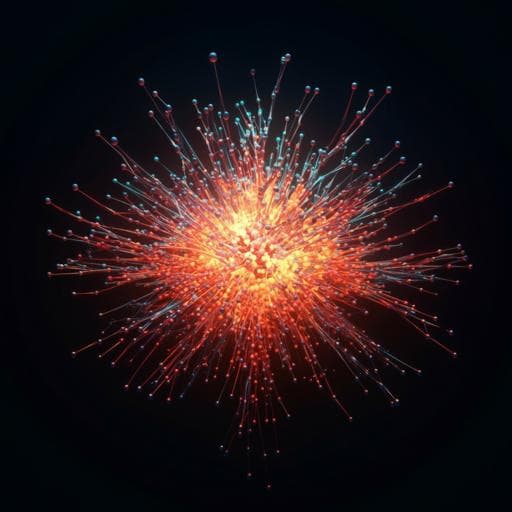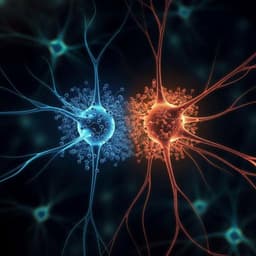
Medicine and Health
Distinct brain morphometry patterns revealed by deep learning improve prediction of post-stroke aphasia severity
A. Teghipco, R. Newman-norlund, et al.
This groundbreaking study by Alex Teghipco, Roger Newman-Norlund, Julius Fridriksson, Christopher Rorden, and Leonardo Bonilha reveals how deep learning using Convolutional Neural Networks (CNNs) significantly outperforms traditional machine learning methods in predicting post-stroke aphasia severity. Delving into three-dimensional brain imaging, their findings underscore the critical role of morphometry patterns in understanding cognitive processes linked to aphasia.
~3 min • Beginner • English
Related Publications
Explore these studies to deepen your understanding of the subject.







